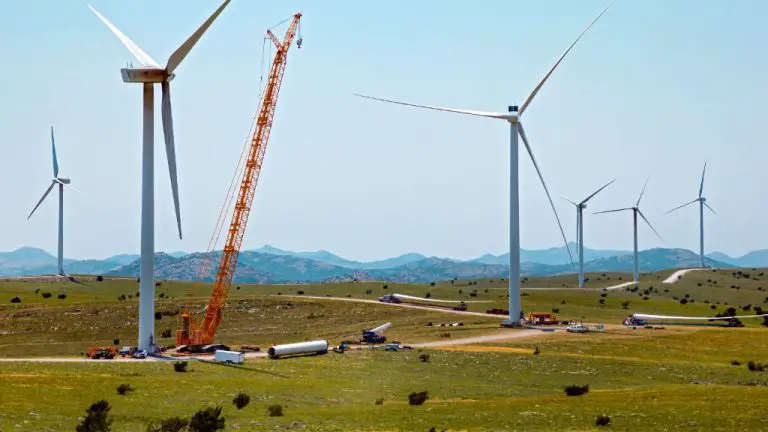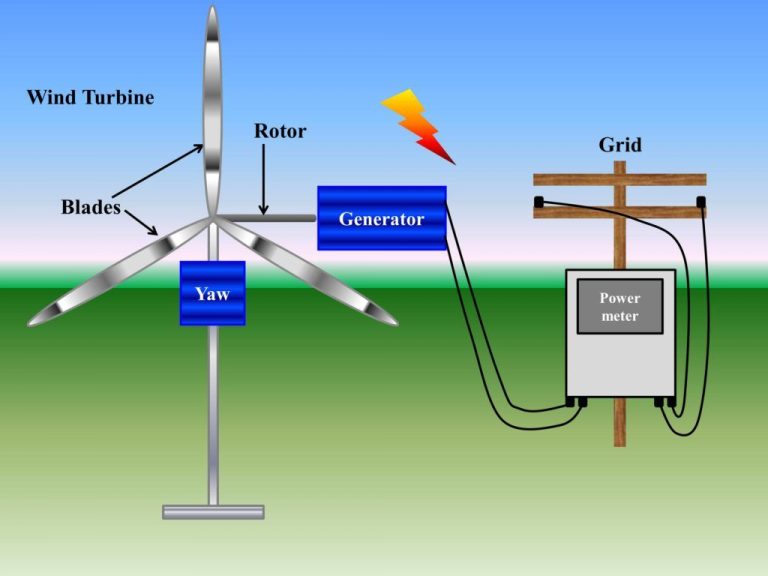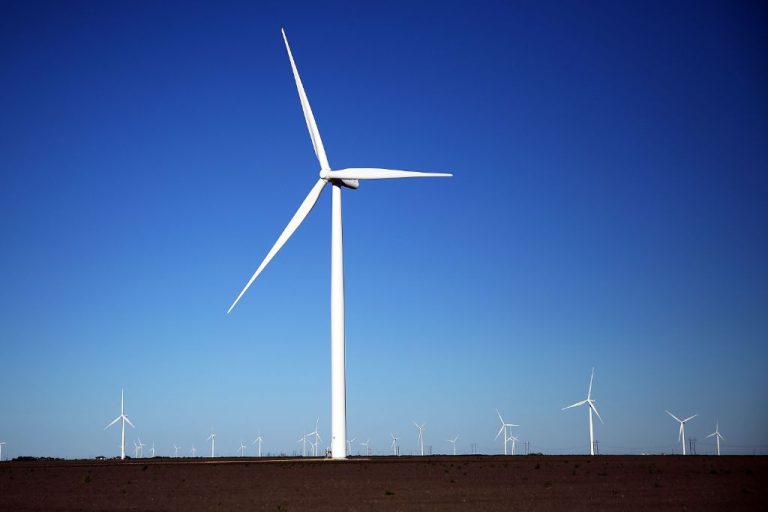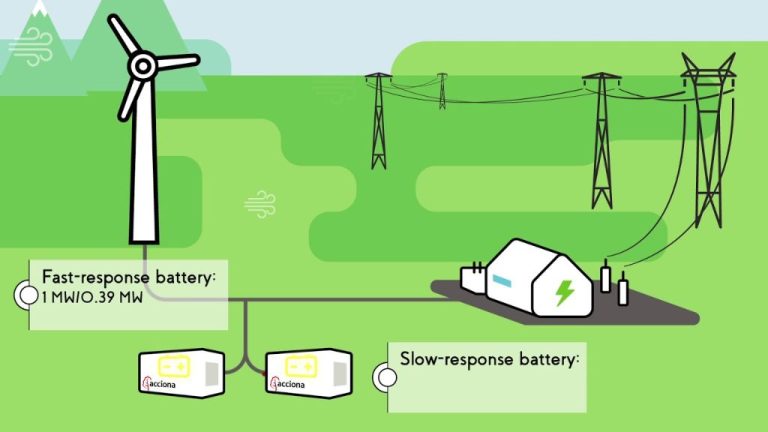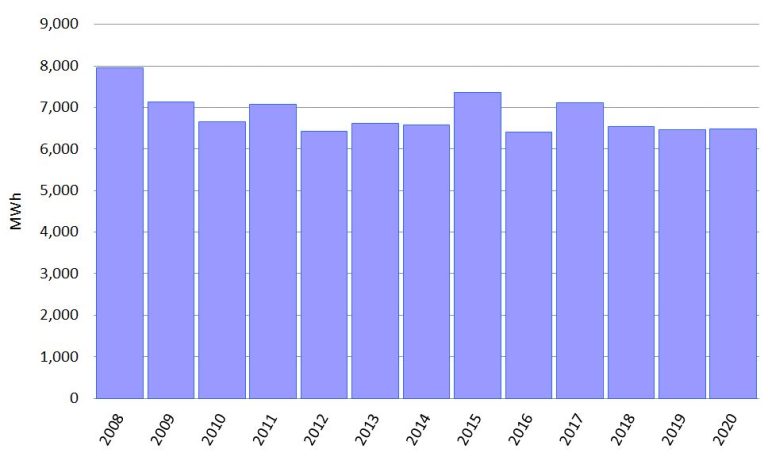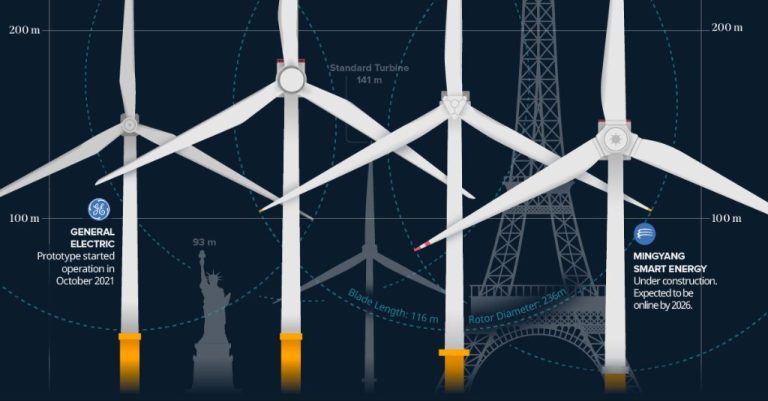What Are The Pros And Cons Of Wind Turbines Vs Solar Panels For Home?
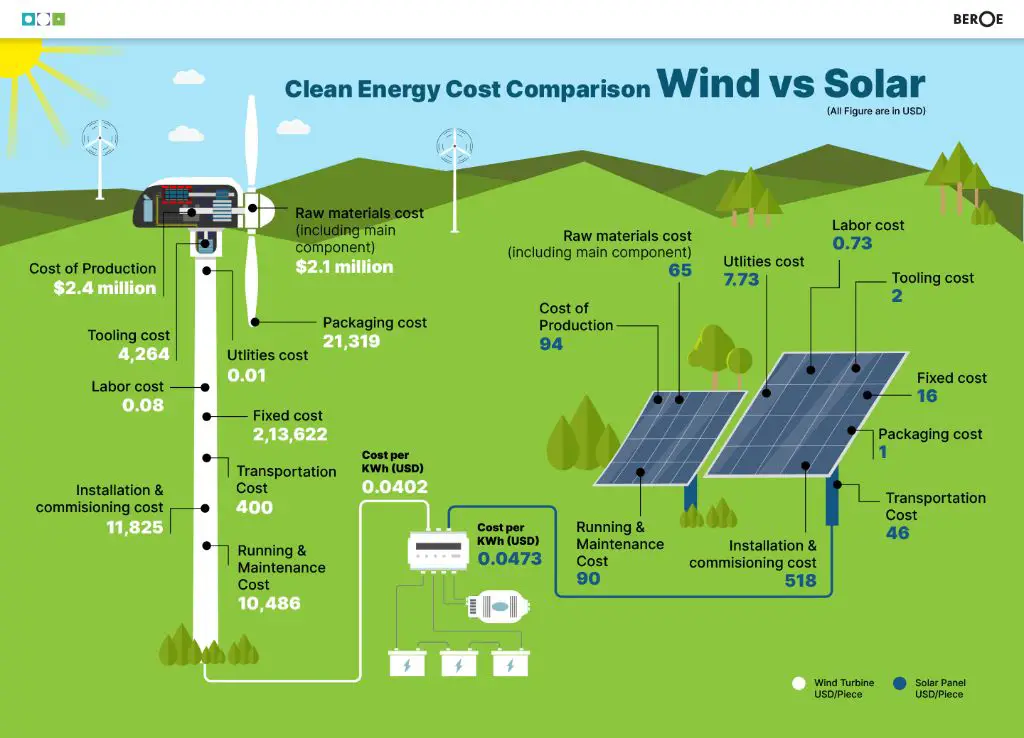
Both wind turbines and solar panels can provide clean, renewable energy for homes. Wind turbines use the wind’s kinetic energy to turn blades and generate electricity. Solar panels (also called photovoltaic or PV panels) convert sunlight directly into electricity through the photovoltaic effect. While both technologies offer eco-friendly alternatives to fossil fuels, they have different costs, infrastructure needs, maintenance requirements, and other pros and cons for residential use.
This article provides an in-depth comparison of wind turbines vs. solar panels for powering homes. We examine the key factors homeowners should consider when deciding between these two popular renewable energy options.
Costs
The upfront costs for wind turbines and solar panels can vary greatly depending on the size of the system, location, and available incentives or rebates. In general, a small residential wind turbine can cost $3,000 to $10,000 for the turbine alone. However, costs for wiring, towers, batteries, inverters and installation can add another $10,000 to $20,000. According to Paradise Solar Energy, a 10 kW wind turbine system may cost around $14,700 after incentives.
For solar panels, the cost is roughly $2 to $4 per watt including installation. So a typical 6 kW system could range from $12,000 to $24,000 before incentives. Per Paradise Solar Energy, a 10 kW solar system may cost around $21,900 after incentives. In terms of square footage, solar panels take up about 8 to 12 square feet per kW. So a 6 kW system would need about 50-70 square feet.
Overall, wind turbines tend to have lower upfront equipment and installation costs than solar panels for an equivalent home system. However, solar panel costs have been dropping rapidly over the past decade. Location, available rebates and energy needs can also impact the costs significantly.
Energy Production
Wind turbines are capable of generating more electricity than solar panels for the average home. According to Treehugger, wind turbines can harness 50% of the kinetic energy from wind, whereas today’s photovoltaic solar panels only harness 15% to 20% of the sun’s energy. For the typical household, a 5 kW wind turbine can generate around 15,000 kWh per year, while an equivalently rated solar array would produce about 8,000 – 12,000 kWh annually [1].
However, the actual energy production depends on the specific wind and solar resources available at the installation site. Areas with consistently windy conditions are better suited for wind turbines, while homes in regions with high year-round sun exposure would derive more energy from solar panels. According to Energysage, wind power in the U.S. overall generates about double the amount of electricity as solar power because wind resources are more abundant across the country [2].
Space Requirements
Wind turbines require a large amount of open land space to capture wind efficiently. The general rule of thumb is that a residential-scale wind turbine needs at least 1 acre of land for optimal wind flow, though some turbines may require up to 5 acres depending on tower height and blade diameter (source). In contrast, solar panels can be installed on rooftops or on the ground if space allows. The average home system requires about 400 square feet of roof space for a 6-8 kW solar array.
Wind turbines are better suited for rural locations with large open spaces, while solar panels work well in urban and suburban settings where roof space is readily available. Solar panels can also be mounted on short poles or racks in yards if there is limited roof area. Overall, solar panels have a clear advantage when it comes to smaller land requirements (source).
Noise Levels
Wind turbines do generate noise as the rotor blades slice through the air. The level of noise depends on several factors like the design of the rotor blades, wind speed, and distance from the turbine. According to this article, when standing directly in front of a turbine, the noise levels can be around 60 to 80 decibels which is comparable to regular traffic noise. The noise generated is generally not a health concern unless you live in extremely close proximity to a wind farm. Noise levels are highest when wind speeds are high. The noise drops quite significantly even at a short distance away. This article indicates that at around 300-400 yards away, turbine noise is only about 45 decibels which blends into normal background noise.
Aesthetics
The appearance of wind turbines and solar panels on homes is an important consideration for many homeowners. Solar panels tend to have a lower profile and can be mounted flush on rooftops, making them less visually intrusive. However, a large solar array with many panels can alter the look of a home significantly. Wind turbines are much taller structures that stand out prominently. A residential wind turbine is often around 30-60 feet tall with large rotating blades that can be an eyesore for neighbors if not sited properly.
According to Sustainablereview, some homeowners associations and local zoning laws restrict or prohibit wind turbines for aesthetic reasons. Solar panels are more likely to get approval, but their appearance should still be considered (http://www.sustainablereview.com/wind-turbines-vs-solar-panels/). Ultimately, it comes down to personal preferences – some homeowners don’t mind the look of solar panels or a backyard wind turbine, while for others aesthetics are a major constraint.
Maintenance
Both wind turbines and solar panels require some maintenance, but solar panels tend to need less overall. According to Nexamp, solar panels have no moving parts so they require very little maintenance other than occasional cleaning. Wind turbines have many moving parts including blades, gearboxes, and generators that require more frequent maintenance and lubrication. Turbines also need to be inspected for any broken or cracked blades.
Solar panels can last over 25 years with minimal loss of productivity over time, while the moving parts in wind turbines wear down and need replacing more often. According to Treehugger, the gearboxes of wind turbines typically need to be replaced every 5-10 years. Overall, solar panels tend to have lower maintenance costs over their lifetime.
Permitting and Zoning
Installing wind turbines or solar panels on your property typically requires permits from your local government. The permitting requirements vary significantly depending on where you live. Many municipalities have zoning laws and regulations regarding renewable energy systems.
Wind turbines often face more permitting restrictions than solar panels. Some communities prohibit wind turbines entirely or limit the size and location. Wind turbines may require permits from the local zoning board, city council, homeowners association, or a public utility commission. Noise studies, environmental impact assessments, aviation approvals, and electrical inspections may be required. According to Windustry, the permitting process for a small wind turbine can take 1-5 months and cost $500 to $5000 (https://www.windustry.org/community_wind_toolbox_permitting).
Solar panels usually have a more straightforward permitting process. Many areas allow solar installations by-right or with a basic building permit. However, some communities do regulate the location, height, and visibility of solar panels. Historic preservation rules may also apply. The Solar Foundation estimates that solar permitting costs average around $500 but can reach $3,000 for complex projects (https://www.thesolarfoundation.org/solar-permitting-costs/).
When evaluating wind turbines vs. solar panels, the easier permitting process is often an advantage for solar. However, every region has different rules, so check local ordinances when planning a renewable energy system for your home.
Weather Dependence
Wind turbines are more dependent on weather conditions than solar panels. The amount of electricity generated by wind turbines depends directly on wind speed. Solar panels can generate electricity whenever there is sunlight, even on cloudy days, while wind turbines produce very little energy in low wind conditions.
According to Energy5, “Unlike wind power, solar panels do not rely on wind speed and can generate electricity as long as there is sunlight” (source). However, solar panel output can be reduced on cloudy or stormy days. Extreme weather like hail storms can also damage solar panels.
Wind turbines can continue operating in stormy weather as long as wind speeds are not too high. However, very high winds require turbines to shut down to avoid damage. One advantage for wind power is that wind speeds are often higher during storms when electricity demand is high as well (source).
Overall, solar power is less dependent on specific weather conditions than wind power, but both can be impacted by extreme weather events. Diversifying with both technologies can mitigate weather risks.
Conclusion
When weighing the pros and cons of wind turbines versus solar panels for homeowners, there are several key factors to consider.
On the plus side, wind turbines can produce more energy per square foot than solar panels. They also don’t require direct sunlight to generate power. However, wind turbines come with higher upfront costs, more noise, larger space requirements, and greater permitting/zoning challenges. They are also more weather dependent and require more maintenance than solar panels.
Solar panels have become much more affordable over the years. They are silent, aesthetically pleasing, require little maintenance, and don’t face the same zoning restrictions. But solar only works when the sun is shining, so energy production is weather dependent. Panels also take up significant roof or yard space for adequate energy generation.
Overall, for most homeowners, solar panels may be the simpler and more convenient renewable energy option. But for those with large rural properties and sufficient winds, wind turbines can be an excellent choice as well. Carefully weighing all the variables will help homeowners decide which technology is right for their needs and budget.

